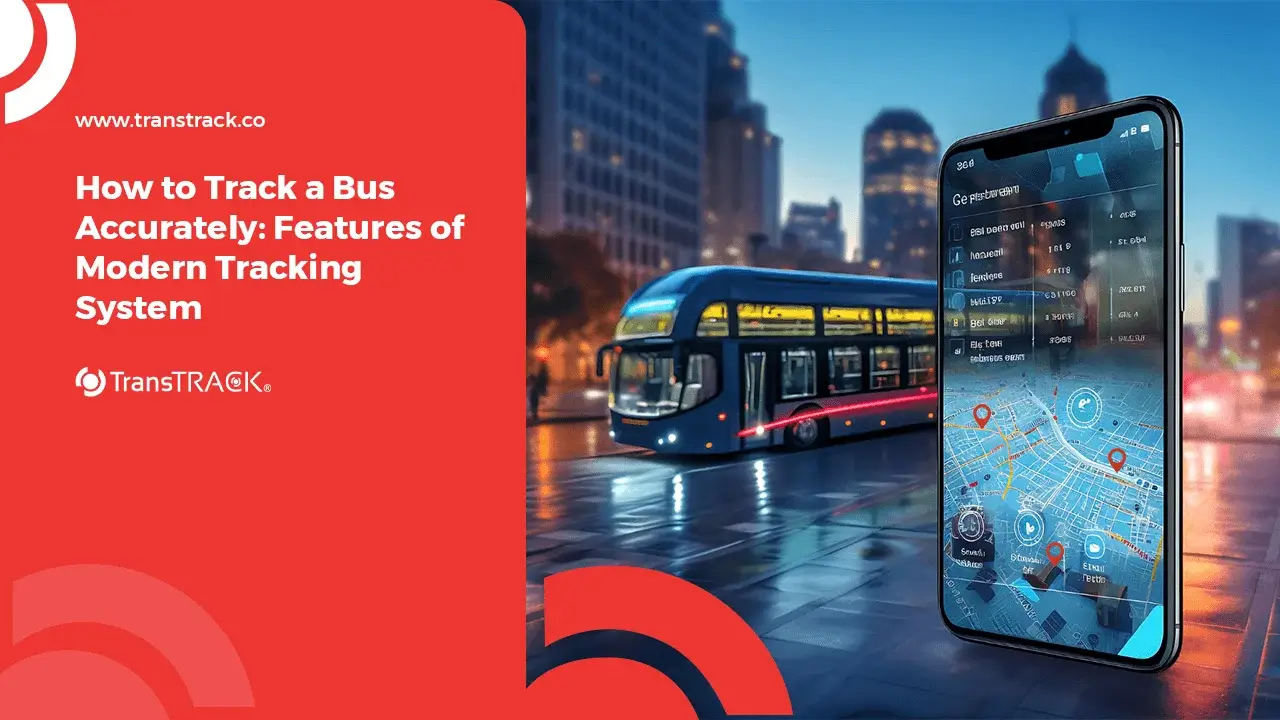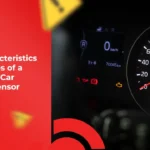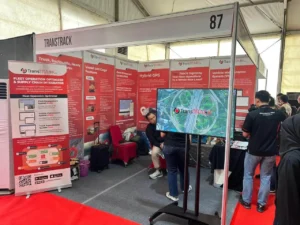How to Track a Bus Accurately: Features of Modern Tracking Systems
Posted on October 29, 2025 by Nur Wachda Mihmidati

In the modern world of transportation, track a bus has become a critical need for companies, governments, and passengers. Bus tracking systems enable real-time monitoring of vehicle positions, helping reduce delays, improve operational efficiency, and provide accurate information to users.
This TransTRACK article aims to explain how to effectively track buses through the implementation of a modern GPS-based tracking system. The goal is to help readers understand the benefits of this technology in improving punctuality, operational efficiency, and passenger comfort.
What is a Bus Tracking System?
Bus tracking system or Bus Tracking System is a GPS-based solution that enables transportation companies to monitor the position, movement, and performance of each fleet unit in real time. With this system, managers can track bus location, speed, travel time, and driver behavior through a single digital dashboard.
This technology is a crucial part of modern fleet management, helping to improve efficiency, safety, and passenger service. Furthermore, this system addresses the need for fast and accurate bus tracking, both for operational and customer service purposes.
Operational Challenges in the Bus Transportation Business
Bus transportation businesses face various operational challenges that often impact efficiency and customer satisfaction. Modern bus tracking systems are designed to prevent and address a variety of challenges that may arise during operations. Some of the main challenges include:
Delay
Bus delays remain a perennial problem in public transportation. Factors such as congestion, inefficient routes, or lack of monitoring make it difficult for buses to arrive on time. By tracking buses using modern, accurate tracking systems, operators can anticipate this through real-time route monitoring and automatic notifications when buses deviate from schedule.
Fuel Consumption
Without monitoring routes and driver behavior, fuel consumption can increase significantly. Fleet tracking systems can analyze travel patterns to identify causes of waste, such as high speeds, excessive stops, or inefficient routes.
Difficult to Monitor Drivers
Assessing driver performance is often a significant challenge. With driver behavior monitoring in a bus tracking system, companies can identify driving behaviors such as sudden braking, extreme acceleration, or route violations, allowing for more transparent and objective oversight.
How to Track Buses Efficiently on a Fleet Scale
For companies with tens to hundreds of buses, manually tracking buses is certainly inefficient. The best solution for bus tracking is to use a GPS-based fleet tracking platform integrated with a transportation management system.
This system collects data from GPS devices installed on each bus and then displays the vehicle’s location, route, and status information on a digital map. Managers can monitor the entire fleet simultaneously, manage schedules, and automatically optimize routes.
Additionally, integration with the Internet of Things (IoT) and Artificial Intelligence (AI) enables more accurate data analysis for data-driven decision making.
Key Features of Bus Tracking Solutions for Business
Modern tracking systems are designed to improve operational efficiency and security. With a variety of advanced features, these systems are the perfect solution to address a variety of challenges that can hinder operations and lead to losses. Here are some of the system’s key features:
Live GPS Tracking & Historical Route
This bus tracking feature allows you to monitor the bus’s position in real time and view its previous trip history. Historical route information helps analyze trip efficiency and identify areas of frequent congestion.
Geofencing (Route Area Exit Detection)
With the geofencing feature, operators can define operational area boundaries. If a bus leaves this area, the system will automatically send a notification. This is extremely useful for maintaining driver discipline and bus safety.
Driver Behavior Monitoring (Sudden Braking, High Speed)
Through sensors and AI algorithms, the system can monitor drivers’ driving styles. This data helps the company assess driver performance, provide appropriate training, and reduce the risk of accidents.
Maintenance Alert & Bus Service Schedule
This feature reminds you of routine service times based on the vehicle’s mileage or operating hours. This ensures the bus remains in prime condition and minimizes the risk of sudden breakdowns.
Business Benefits of Fleet Tracking System Implementation
Implementing a Fleet Tracking System goes beyond simply delivering technology; it also has a tangible impact on business performance, particularly in the transportation sector. With the ability to collect, analyze, and utilize data in real time, companies can improve operational effectiveness and reduce risk. Some of the key benefits include:
Operational Cost Savings
With a fleet tracking system, companies can save on fuel costs, maintenance, and excess work hours. Route analysis and driver behavior monitoring help significantly reduce waste.
Driver and Vehicle Management Efficiency
The bus tracking system makes it easier for management to schedule drivers, optimize vehicle rotations, and monitor adherence to established routes.
Improving Customer Satisfaction and Service Reputation
Passengers can receive real-time bus arrival information, reducing wait times and increasing trust in the service. The company’s reputation also improves with increased punctuality and operational transparency.
Conclusion: Strategic Investments for Future Transportation
Implementing a bus tracking system isn’t just a technological choice, but a strategic investment for the future of the transportation business. By tracking buses, companies can achieve real-time monitoring, efficient route management, and complete fleet control. This allows them to increase productivity, reduce costs, and provide a superior customer experience.
In today’s digital age, understanding how to track buses with a GPS-based system is crucial for any transportation company looking to stay competitive and innovative. By using TransTRACK’s Fleet Management System—an IoT solution designed to monitor vehicles, maximize performance, and reduce operational costs in real time—you can elevate fleet management and logistics optimization to the next level.

FAQ
How to track bus position for transportation company?
Companies can track the position of buses using the GPS tracking system installed in each vehicle. Location data is automatically sent to the server and can be viewed in real time via a web dashboard or mobile app.
What are the benefits of GPS tracking for the tourism bus or AKAP business?
This system helps monitor bus locations, driver behavior, and travel routes to ensure safety and operational efficiency. For tour buses, this feature also improves customer satisfaction by providing more control over travel schedules.
How much does it cost to implement a bus tracking system?
Costs depend on the fleet size, features used, and the service provider. Generally, costs include the GPS device, platform subscription fees, and initial installation. However, the investment is well worth the long-term savings.
How does a bus tracking system help fleet operational efficiency?
Tracking systems help organize schedules, optimize routes, and monitor vehicle performance. With accurate data, companies can make faster decisions, reduce idle time, and lower operational costs.
Topic :
 Bahasa Indonesia
Bahasa Indonesia









